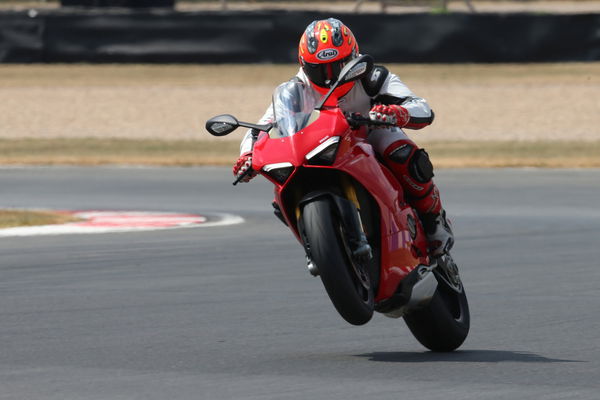Triple time on Triumph's Moto2 machine
Riding Triumph’s Moto2 765 triple development racer
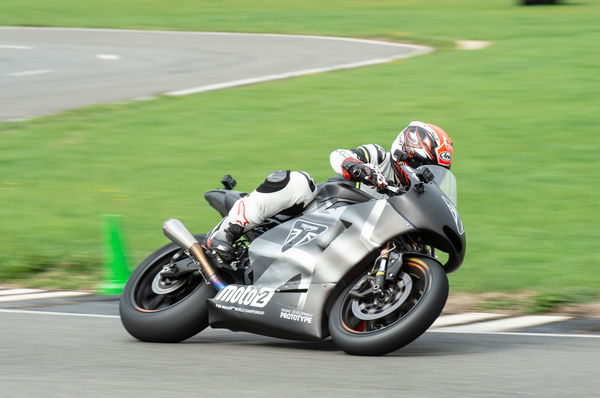
PICS: Gareth Harford
WHAT DO you normally get up to on a bank holiday Monday? If you’re anything like me, it’s often a bit of an anti-climax. A bit of a lie-in, a bit of a shout at the kids, and a bit of self-loathing around 4pm when you realise nothing’s been achieved, and it’s back to Das Grind tomorrow. Booh. You might as well be at work, getting triple time plus a day in lieu (if you still live in 1978 obvs).
But not this bank holiday Monday. Oh no. I’m up and showered and dressed and out sharp, because I’ve picked up one of those golden tickets which this job is kind enough to bestow now and again. My name’s down for a rather different triple time today; a ride on a very special bike – Triumph’s Moto2 prototype machine. A tweaked-up Daytona 675 chassis, with a 765 triple engine bolted in, which the firm’s been using to develop the engine for race use.
Yep, the sweet roadbike motor out of the latest Street Triple is being thrust into action in a very different realm – the white-hot arena of race development which is the Moto2 championship. All those future Valentino Rossis and Marc Marquezes will be learning their trade on a bike powered by an engine built just off the A5 – which is enough to make you swell up with Brexity British pride, sort of.
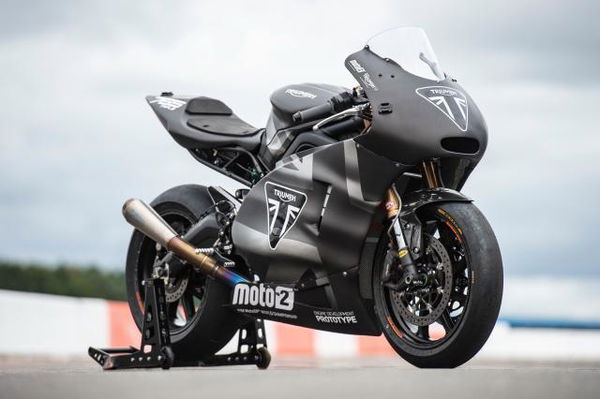
The Moto2 engine gig is an interesting setup of course. Moto2 replaced 250 two-stroke GP bikes, which seemed a bit of a shame at the time. The first contract was with Honda, which supplied its CBR600RR motor in a hopped-up form to Dorna, who then sublet the motors to teams. They put the engines in their own prototype chassis, picked up a mental 19-year-old the size of a starved Irish jockey to ride the thing, and set off on the GP circus.
The engine tech might have been less exciting than a 250 two-stroke, but it was much (much) cheaper to rent a posh CBR motor than hire a factory Aprilia or Honda stroker. But eight years on, the CBR600RR is drifting away from public consciousness a bit (there are schoolkids alive now who’ve never seen one in the wild), and so there’s a new motor in place. And what a surprise it was when Dorna announced the winner. Not the Japanese efficiency of Yamaha’s sweet R6, or the exoticism of the MV Agusta F3 675 motor, but the bluff, Black-Country-accented exhaust bark of our very own Hinckley Triumph triple.
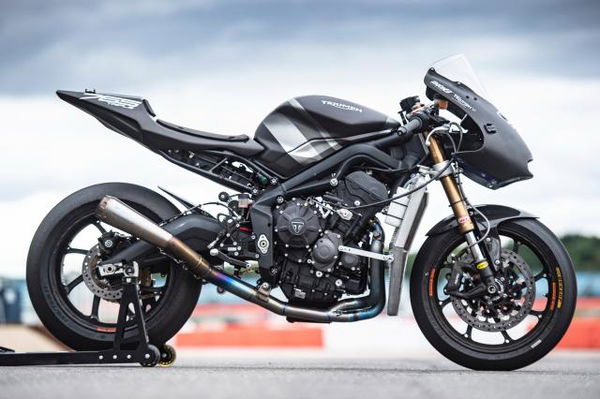
I found out long before the announcement, and didn’t really believe it until a frantic Triumph PR man begged me not to run a story on it, as the Dorna contract hadn’t quite been signed. But when you think about it, it makes perfect sense. Triumph’s been going long enough and knows how to bolt an engine together. The name is full of race heritage too, albeit with a big old gap after the 1970s. And in some senses, the Moto2 contract is more of an industrial supply arrangement than a bleeding-edge prototype deal. The organisers want a super-reliable, moderately-high-performance motor, with no fuss, that provides a level playing field for chassis designers and riders to duke it out. And Hinckley has definitely proved it can do that over the past 25 years. Add in the sweet sound of a triple, and the commercial potential of promoting the engine out of a big-selling naked bike, and you can see why it makes all sorts of sense all round.
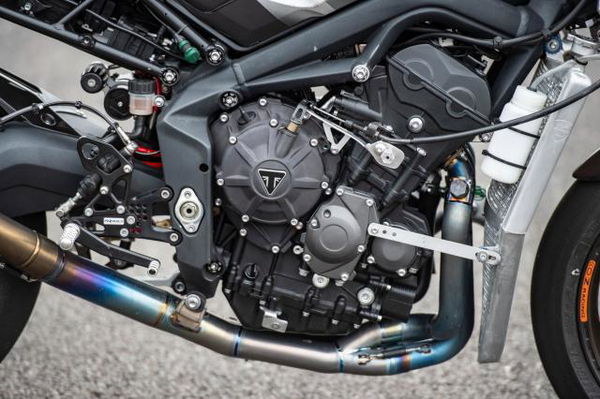
The engine itself hasn’t been massively altered from stock, apparently (though I’m not sure the Hinckley folk are giving away all the secrets on what’s gone in inside just yet). It’s had a decent old-school supersport tune mostly – head porting, different valve springs, titanium valves, smaller race alternator, tweakable slipper clutch and different case covers and sump, for better ground clearance and better exhaust routing respectively. There’s also gearing mods – but it’s not a lot of changes, especially for an engine which Triumph claims was designed as a naked roadster lump long before this Moto2 idea came about. It will be bolted into the bespoke chassis from the likes of Kalex, and controlled by a kit ECU from Marelli, that has tuning options for ignition, fuelling, engine braking and throttle mapping, all for the first time in Moto2.
NEXT - RIDING THE THING!!
Sponsored Content
Latest Reviews
More Reviews

